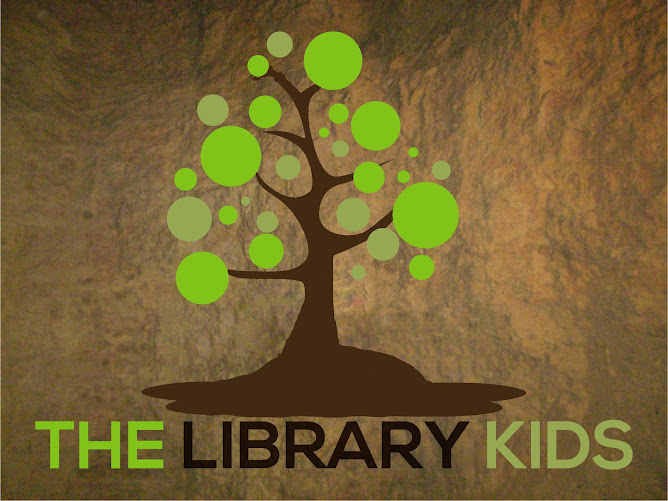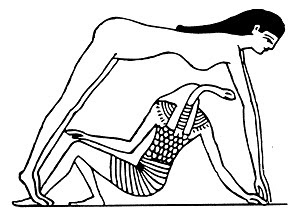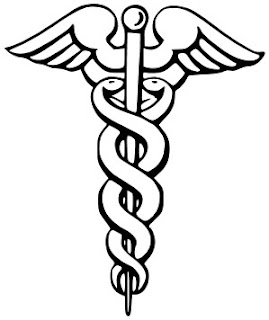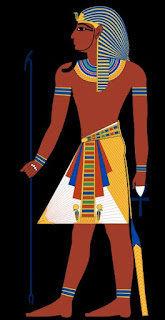The Lord's Prayer
Our Father who art in Heaven,
Hallowed be thy name,
Thy kingdom come,
Thy will be done on Earth as it is in Heaven,
Give us this day, our daily bread,
And forgive us of our trespasses as we forgive those who trespass against us,
And lead us not into temptation,
but deliver us from evil
For yours is the kingdom now and forever.
This was a prayer I learned long ago. What strikes me are the passages about "give us our daily bread" and "the kingdom" parts. The idea of giving bread to the human race stems from the tales of Osiris and Isis.
According to Diodorus Siculus I in Books I-II:
Osiris was the first, they record, to make mankind give up cannibalism; for after Isis had discovered the fruit of both wheat and barley which grew wild over the land along with the other plants but was still unknown to man, and Osiris had also devised the cultivation of the fruits, all men were glad to change their food, both because of the pleasing nature of the newly-discovered grains and because it seemed to their advantage to refrain from their butchery of one another.
It is also said that Osiris built a temple to his parents:
Osiris they add, also built a temple to his parents, Zeus and Hera, which was famous both for its size and its costliness in general, and two golden chapels to Zeus, the larger one to him as god of heaven, the smaller one to him as former king and father of the Egyptians, in which role he is called by some Ammon.
After teaching the Egyptians about agriculture, Osiris traveled the world with a great army:
Of Osiris, they say that, being of a beneficient turn of mind, and eager for glory, he gathered together a great army, with the intention of visiting all of the inhabited earth and teaching the race of men how to cultivate the vine and sow wheat and barley; for he supposed that if he made men give up their savagery and adopt a gentle manner of life he would receive immortal honours because of the magnitude of his benefactions.
It is also written in this book that the time of the rule of Osiris and Isis was as follows:
The number of years from Osiris and Isis, they say, to the reign of Alexander, who founded the city which bears his name in Egypt, is over ten thousand, but according to other writers, a little less than twenty-three thousand.
What I find interesting is the commonality of the bread in the temple as well as the shape of many temples around the world. The majority of temples are rectangular and there is much talk about rebuilding a third temple in Jerusalem.
Rectangular Polynesian Temple
Rectangular temple of Lono in Oahu
The communal bread or showbread is present in the churches/temples of today, as part of the religious ceremony. I do not know if Polynesian rectangular temples included ceremonies with bread, but the god Lono was an agricultural god.
The staff is also present among many priesthoods. Osiris had a crook staff and a flail. Aaron had a rod and so did Moses. Shiva and Queztlcoatl and Poseidon all had trident rods. All pharaohs had staffs and royalty carry scepters.
Aaron's rod refers to any of the staves carried by Moses' brother, Aaron, in the Old Testament of the Bible. The Bible tells how, along with Moses' rod, Aaron's rod was endowed with miraculous power during the Plagues of Egypt that preceded the Exodus. There are two occasions where the Bible tells of the rod's power even when it was not being held by its owner.
It is my belief that modern priestcrafts and religions all stem from the stories of Osiris and Isis and their parents (the father and mother god/goddess). The timing of Osiris' and Isis' rule in Diodorus Siculus matches the timing in Manetho's writings. The jews call their god Adonai. It sounds very similar to Adonis. If you read through my children's series,
The Library Kids, and my adult book,
Mythological Unification Theory, you will hopefully begin to see and understand the connections.
A sacred fire is also present in Jewish temples. The same was found in ancient Native American mounds (see my article on Ka-Do-Ha Indian Village). It appears to me, that all ancient systems of religion came from the same source but they contain variations in names (see Mythological Unification Theory) and most became corrupt with cannibalism, human and animal sacrifices, and haughty priests who hoarded the knowledge. The sooner people figure this out, the sooner they can undo their bondage under a veil of lies and begin to understand the true history that occurred on this planet. It is of no wonder to me, that the content of the writings of ancient Greeks, Romans, Egyptians, Mayans, Aztecs, Celts, Nordics and others is not taught in the schools.
by Rita Jean Moran (www.thelibrarykids.com)
Sources:
http://en.wikipedia.org/wiki/Lord's_Prayer
http://en.wikipedia.org/wiki/Second_Temple
http://en.wikipedia.org/wiki/Egyptian_temple
http://en.wikipedia.org/wiki/Aaron%27s_rod







































